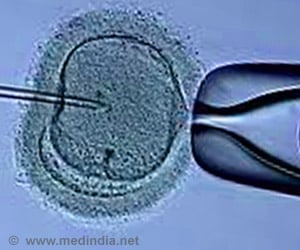
In a new study appearing in the advanced online edition of Molecular Biology and Evolution, authors Konczal et al. took advantage of an experimental evolution technique that has gained popularity, dubbed "evolve and resequence," to measure the genetic changes that pushed the humble vole to Olympian levels of performance. Overall, the changes within genes, as measured by differences in single nucleotide polymorphisms (SNPs), were not dramatic. Rather, the dominating adaptive response to this selection was in changed gene expression levels found in the heart (79 genes) and liver (278 genes) when compared to control voles.
A set of candidate genes that mobilize sugars and fats from body reserves were identified (glycogen phosphorylase and de-branching enzymes), along with those involved in stress responses and epigenetic changes.
"Although some candidate genes points to enzymes with a changed structure, the results show that remarkable evolution of physiological performance can occur by regulatory changes within basically the same biochemical machinery, rather than by changing the structure of enzymes, which are components of that machinery," said Konczal.
Source-Medindia










